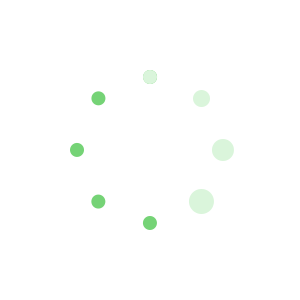出国留学英语四六级考试栏目将在考后第一时间为大家提供2016年12月英语六级听力真题(第一套),更多四六级资讯请关注我们网站的更新!
2016年12月英语六级听力真题(第一套)
【听力】
卷一
Section C -- Recording One
Let’s say you start to brain storm a list of all the emotions you ever experienced. Just for fun, try it now.
What’s on your list? Chances are, you included things like: happy, sad, excited, angry, afraid, grateful, proud, scared, confused, stressed, relaxed and amazed. Now sort your list into two categories: positive emotions and negative emotions.
Feeling both positive and negative emotions is a natural part of being human. We might use the word “negative” to describe more difficult emotions but it does not mean those emotions are bad or we shouldn’t have them. Still, most people were probably rather feel a positive emotion than a negative one. It’s likely you prefer to feel happy instead of sad or confident instead of insecure.
What matters is how our emotions are balanced. How much of each type of the emotion positive or negative we experience.
Negative emotions warn us of threats or challenges that we may need to deal with. For example, fear can alert us to possible danger, it’s a signal that we might need to protect ourselves. Angry feelings warn us that someone is stepping on our toes, crossing a boundary or violating our trust. Anger can be a signal that we might have to act on our own behalf.
Negative emotions focus our awareness. They help us to zero in on a problem so we can deal with it. But too many negative emotions can make us feel overwhelmed, anxious, exhausted or stressed out. When negative emotions are out of balance, problems might seem too big to handle.
The more we dwell on our negative emotions, they more negative we begin to feel. Focusing on negativity just keeps it going.
Positive emotions balance out negative ones, but they have other powerful benefits, too. Instead of narrowing our focus, like negative emotions do, positive emotions affect our brains in ways that increase our awareness, attention and memory. They help us take in more information, hold several ideas in mind at once and understand how different ideas relate to each other.
When positive emotions open us up to new possibilities, we are more able to learn and build on our skills. That leads to doing better on tasks and tests.
People who have plenty of positive emotions in their everyday lives tend to be happier, healthier, learn better and get along well with others.
Q16. What does the speaker say about negative emotions?
Q17.What happens to people whose negative emotions are out of balance?
Q18. How do positive emotions affect us?
Section C -- Recording Two
In the past few months, I've been travelling for weeks at a time with only one suitcase of clothes. One day, I was invited to an important event, and I wanted to wear something special for it. I looked through my suitcase but couldn't find anything to wear. I was lucky to be at the technology conference then, and I had access to 3D printers. So I quickly designed a skirt on my computer, and I loaded the file on the printer. It just printed the pieces overnight. The next morning, I just took all the pieces, assembled them together in my hotel room, and this is actually the skirt that I'm wearing right now.
So it wasn't the first time that I printed clothes. For my senior collection at fashion design school, I decided to try and 3D print an entire fashion collection from my home. The problem was that I barely knew anything about 3D printing, and I had only nine months to figure out how to print five fashionable looks.
I always felt most creative when I worked from home. I love experimenting with new materials, and I always tried to develop new techniques to make the most unique textiles for my fashion projects.
One summer break, I came here to New York for an internship at a fashion house in Chinatown. We worked on two incredible dresses that were 3D printed. They were amazing -- like you can see here. But I had a few problems with them. They were made from hard plastics and that's why they were very breakable. The models couldn't sit in them, and they even got scratched from the plastics under their arms.
So now, the main challenge was to find the right material for printing clothes with, I mean the material you feed the printer with. The breakthrough came when I was introduced to Filaflex, which is a new kind of printing material. It's strong, yet very flexible. And with it, I was able to print the first garment, a red jacket that had the word "freedom" ded into it. And actually, you can easily download this jacket, and change the word to something else. For example, your name or your sweetheart's name.
So I think in the future, materials will evolve, and they will look and feel like fabrics we know today, like cotton or silk.
Q19. What does the speaker say about the skirt she is wearing now?
Q20. When did the speaker start experimenting with 3D printing?
Q21. What was the problem with the material the speaker worked on at a New York fashion house?
Q22. What does the speaker say about Filaflex?
英语四六级考试栏目推荐阅读:



